Wrinkled Goldenrod Plants: A Guide To Rough Goldenrod Care
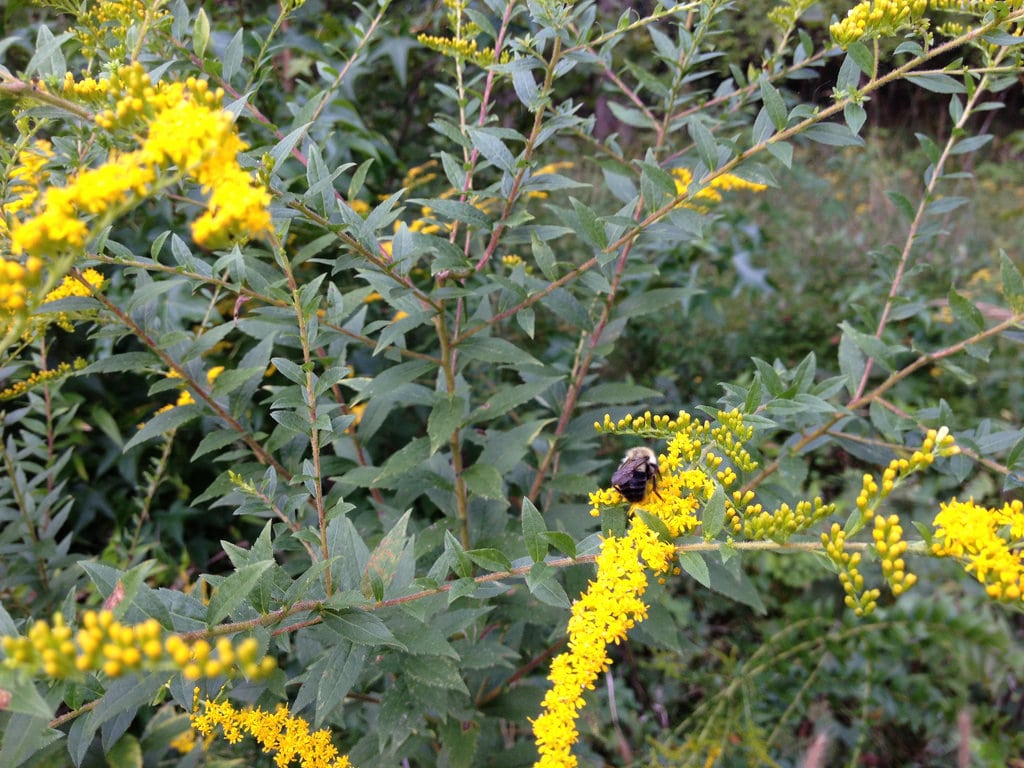

Rough goldenrod (Solidago rugosa) flowers bloom in the fall and add a spectacular, rich yellow to the autumnal landscape. As a native wildflower it looks great in perennial beds and natural areas of your garden. Care is easy, and contrary to popular belief, it does not trigger allergies.
Rough Goldenrod Information
Goldenrod is native to many parts of the U.S. and is easily identifiable as a bright, golden yellow clump of flowers so characteristic to fields and meadows in fall. These perennial flowers grow to a height of 2 to 5 feet (61 cm. to 1.5 m.). The flowers are yellow and small but grow in large clusters, blooming between August and September. The leaves of rough goldenrod, sometimes called wrinkled goldenrod, are toothed, deeply veined, and rough in texture. There is no question that this is a pretty flower to have in any wildflower garden, meadow, or native plant bed. It also attracts bees, butterflies, and birds. However, all types of goldenrod have gotten a bad rap during hay fever season. It has been blamed for these allergies, but unfairly. It is ragweed, which just happens to produce pollen while goldenrod is blooming, that causes the allergic symptoms. If you use wrinkled goldenrod plants in your garden and have no ragweed in the area, you won’t have the usual allergies.
Growing Rough Goldenrod in the Garden
As a native, perennial wildflower, rough goldenrod care is not labor intensive. Give it a spot in full sun, or a spot with a little shade, and with well-drained soil. The soil should be moist much of the time, but goldenrod will tolerate dry soil. Once your plants are established, you shouldn’t need to water them often. To propagate rough goldenrod, you can sow seeds right in the soil, but be heavy-handed, as germination is spotty. You can also take cuttings in late spring or early summer or divide the roots in late winter. Divide to propagate or just to thin out clumps for the coming growing season. If collecting seeds from your plants, look for the thicker seeds; flat seeds are not usually viable.
Gardening tips, videos, info and more delivered right to your inbox!
Sign up for the Gardening Know How newsletter today and receive a free copy of our e-book "How to Grow Delicious Tomatoes".

Mary Ellen Ellis has been gardening for over 20 years. With degrees in Chemistry and Biology, Mary Ellen's specialties are flowers, native plants, and herbs.
-
 12 Lush Alternatives To A Lawn For Sustainable Spaces
12 Lush Alternatives To A Lawn For Sustainable SpacesAlternatives to a lawn are beautiful and also beneficial to your local ecosystem and its pollinators. Explore our top picks for plants to replace grass.
By Tonya Barnett
-
 Types Of Tomatoes Explained: Explore The Many Wonderful Shapes, Colors, Flavors, & Best Uses
Types Of Tomatoes Explained: Explore The Many Wonderful Shapes, Colors, Flavors, & Best UsesThe world of tomato varieties is vast and fascinating. Learn about the key types to grow in your garden, tailored to your preferences and space.
By Amy Grant
-
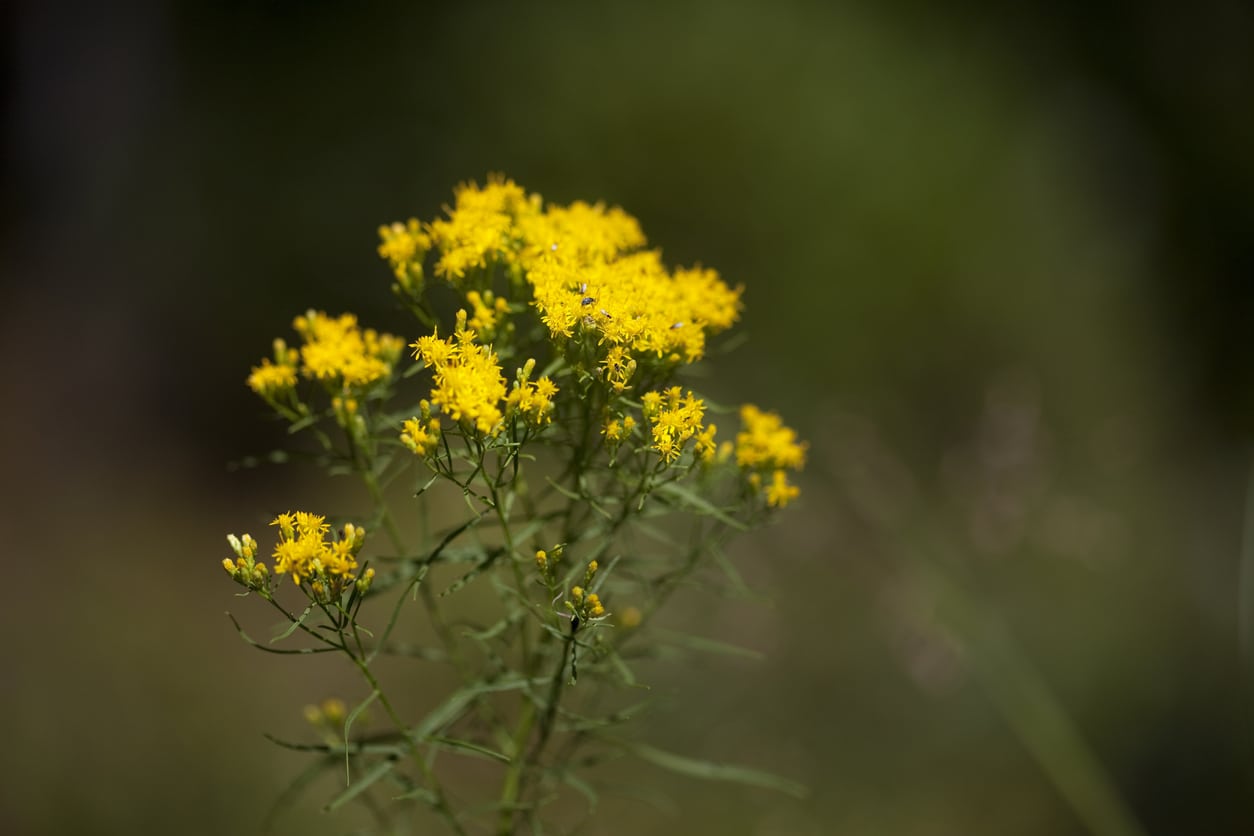 Flat Top Goldenrod Plants – How To Grow Flat Top Goldenrod Flowers
Flat Top Goldenrod Plants – How To Grow Flat Top Goldenrod FlowersFlat top goldenrod plants grow in parts of North America and can be considered a nuisance in a few regions. While the plant itself is not particularly spectacular, the pretty flattened clusters of golden yellow flowers that bloom all summer are a treat. Learn more here.
By Bonnie L. Grant
-
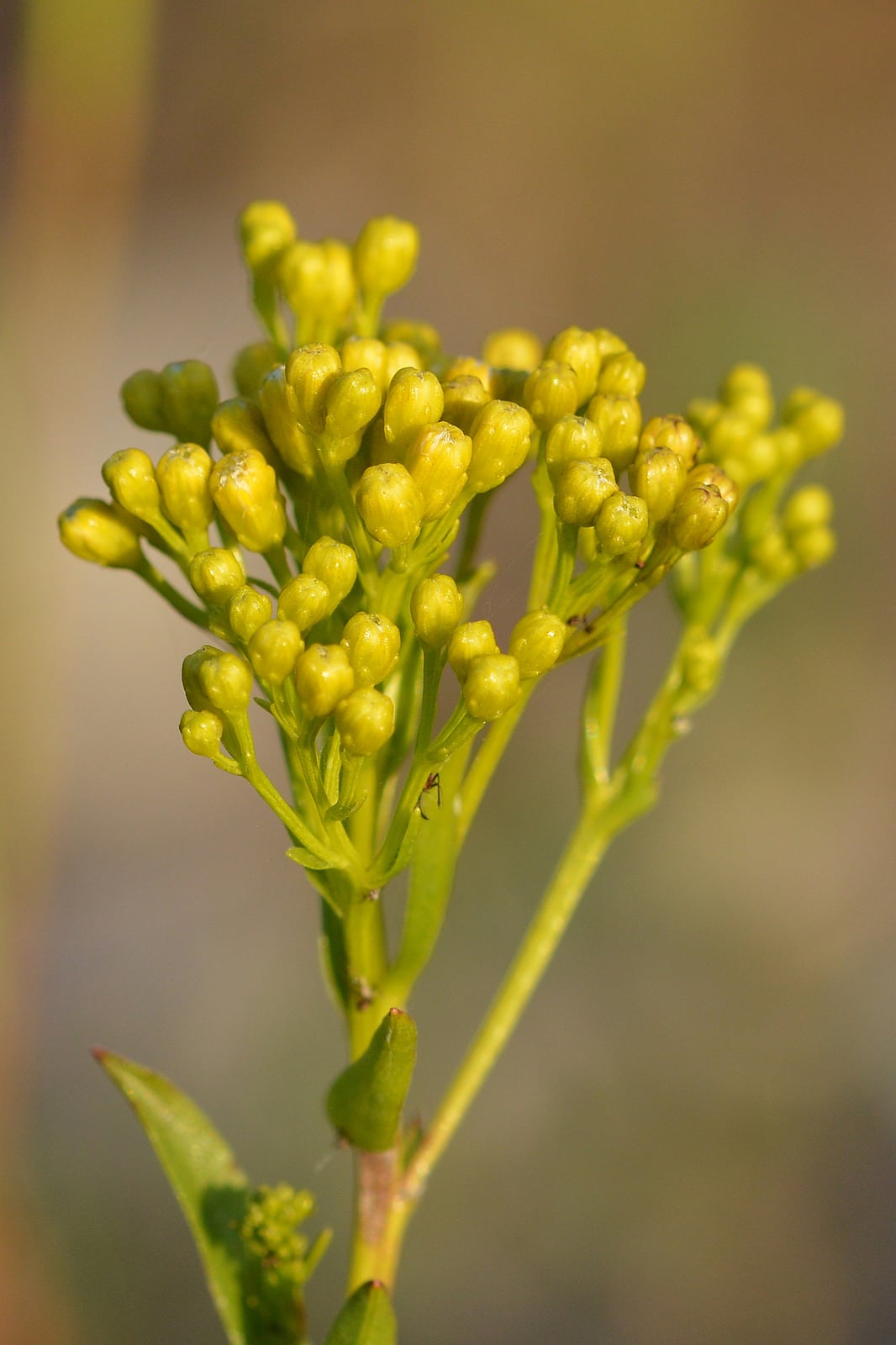 Ohio Goldenrod Information: How To Grow Ohio Goldenrod Flowers
Ohio Goldenrod Information: How To Grow Ohio Goldenrod FlowersWhile not widely distributed, growing Ohio goldenrod is possible by purchasing seeds. The following article contains information on how to grow Ohio goldenrod and about Ohio goldenrod care within a native growing environment. Click here for more info.
By Amy Grant
-
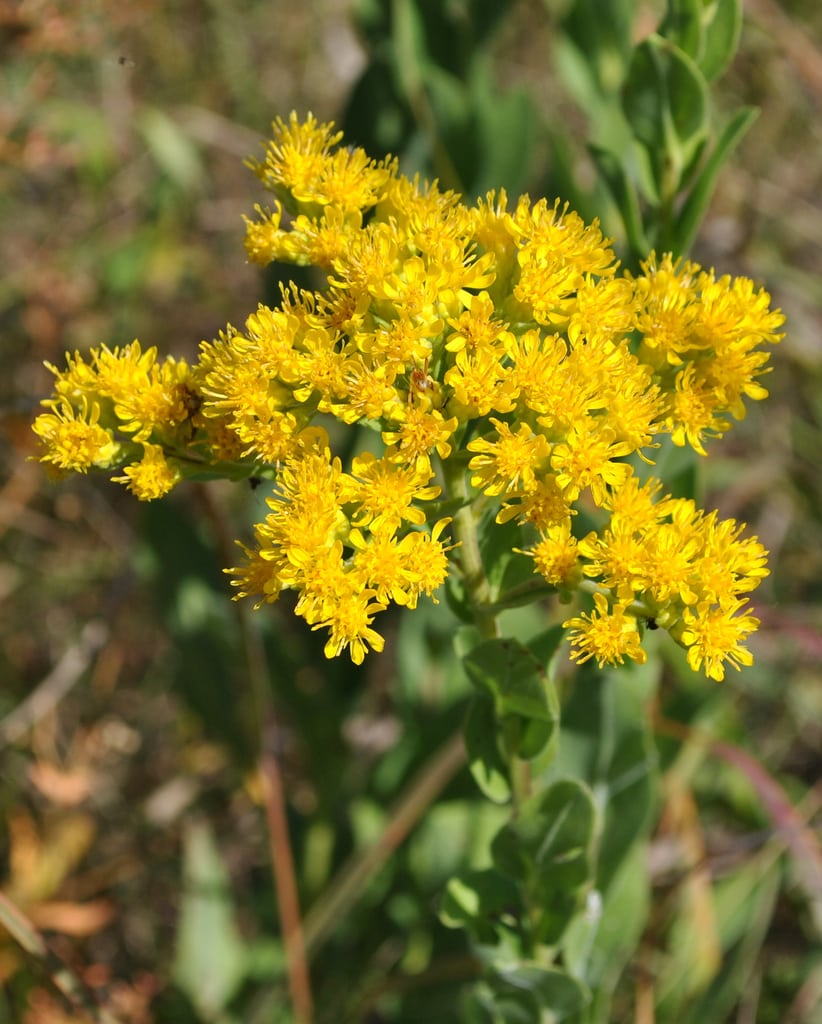 Stiff Goldenrod Care – How To Grow Stiff Goldenrod Plants
Stiff Goldenrod Care – How To Grow Stiff Goldenrod PlantsIf you are thinking of growing stiff goldenrod (Solidago rigida), it will bring an easy-care and eye-catching native plant into your garden. For more rigid goldenrod information and tips on how grow stiff goldenrod, click on the article that follows.
By Teo Spengler
-
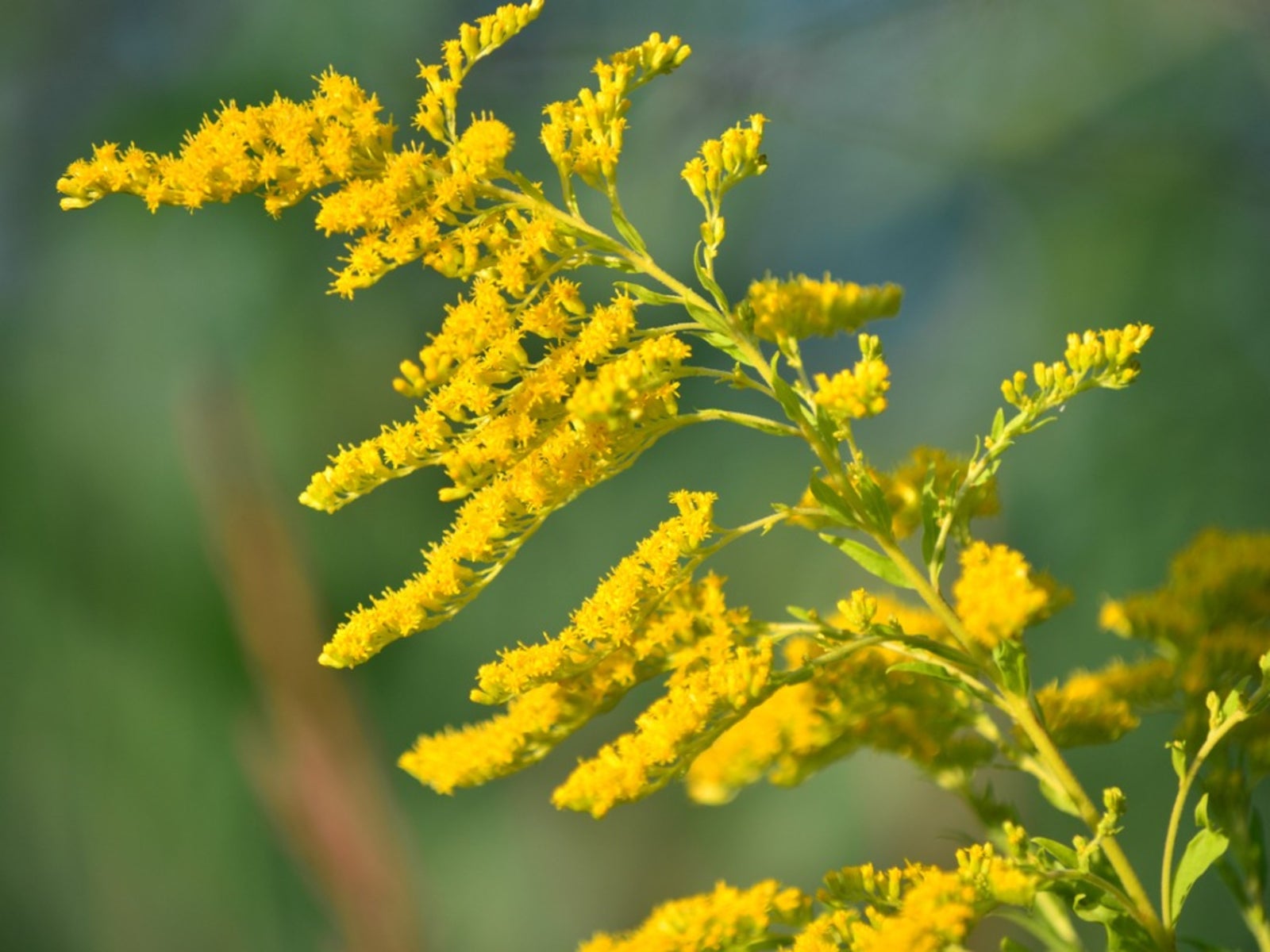 Goldenrod Care: Information And Tips For How To Grow Goldenrod Plants
Goldenrod Care: Information And Tips For How To Grow Goldenrod PlantsPlant goldenrod for masses of fluffy yellow summer flowers that pollinators adore.
By Becca Badgett